Caraway Issues In The Garden – Dealing With Disease And Pests Of Caraway
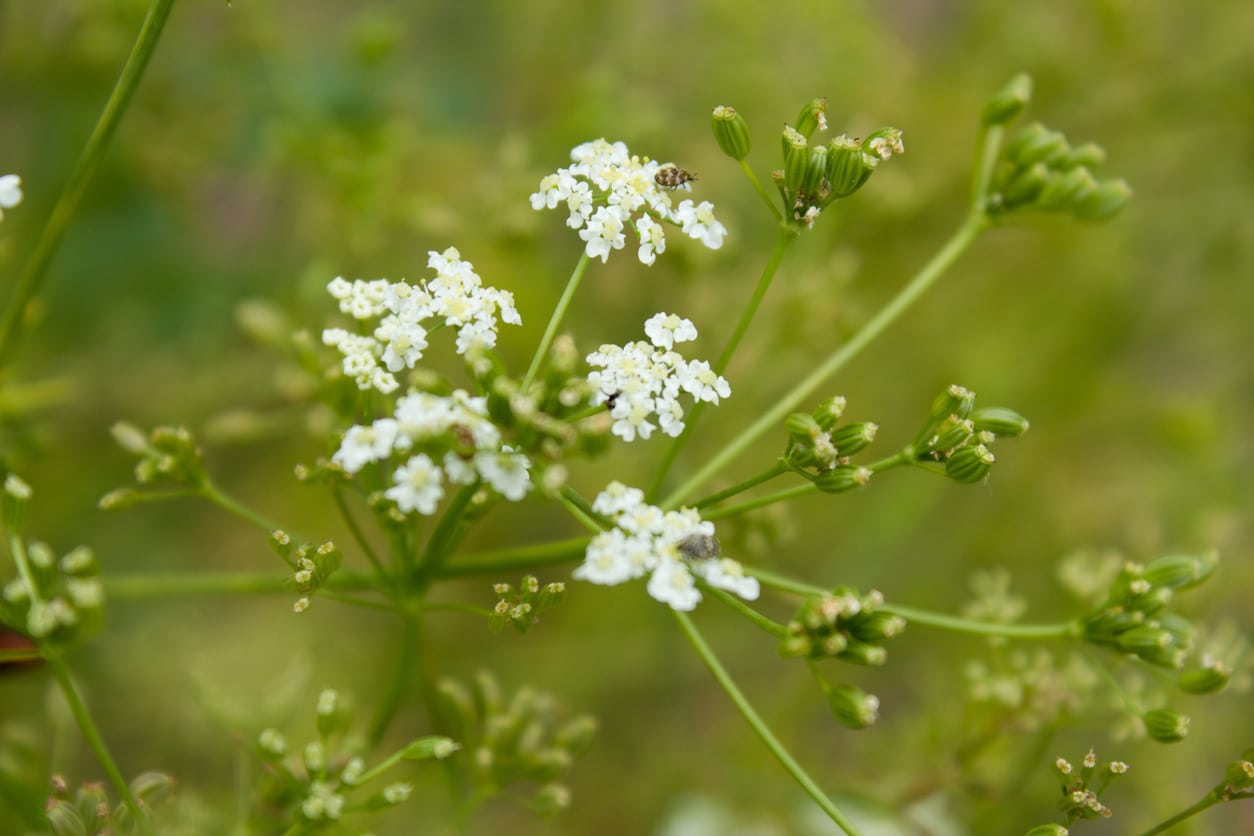
Caraway (Carum carvi) is a biennial plant cultivated for its anise-like flavored seeds. It is a fairly easy herb to grow with very few caraway issues. Closely related to both carrots and parsley, problems with pests and diseases of caraway tend to be of the same ilk.
Caraway Plant Problems
Caraway takes two growing seasons to produce seed, although there are a few varieties that when planted in the fall will produce seed the following summer. Caraway is easy to grow and is hardy to USDA zone 3. In the first year, caraway plant leaves may be harvested and the roots eaten much like parsnip. The plant will grow to around 8 inches (20 cm.) in height with a long taproot and will overwinter to produce blooms in May to August on 1 to 2 foot (31-61 cm.) stalks. One month after flowering, the seeds darken and can be harvested to flavor desserts, breads, and casseroles. While problems with caraway are few, those they do have tend to be from pests of caraway or disease.
Diseases and Pests of Caraway
Caraway is rarely bothered by pests but on occasion the carrot root fly, also known as the carrot rust fly, may attack the plant. Also, since caraway is a member of the parsley family, parsley worms may also be found munching on the plant. These parsley caterpillars are easily removed by hand picking. Grasshoppers are also an occasional pest as are leafhoppers. Leafhoppers are a more serious problem, however, as they may act as vectors to transmitting aster yellows disease. There are no pesticides for insect control but caraway is rarely affected by insects. Caraway plants do attract beneficial parasitic wasps, which can help to control aphid populations in the garden. Caraway is most susceptible to foliar diseases, but again, this is a rare occurrence. To control disease, be sure to water the plants at the base and avoid wetting the leaves for any length of time. This can be done by watering early in the day or by using drip irrigation.
Additional Caraway Plant Problems
Again, caraway is an easy-to-grow plant with few issues. Weeds should be managed during the plants’ infancy. As the plants grow, they will crowd out any weeds. In fact, caraway itself can become more of a problem weed if left to reseed, but when the plants are young, care should be taken to gently remove weeds. Thin out unwanted caraway plants and mulch heavily to reduce unwanted seed germination and pinch off unwanted seed heads. This will not only prevent a plethora of unwanted plants but may also allow the plants to grow an extra season. In general, to reduce the incidence of pests and diseases, rotate the caraway crop to different parts of the field or garden and destroy plant detritus after harvesting.
Gardening tips, videos, info and more delivered right to your inbox!
Sign up for the Gardening Know How newsletter today and receive a free copy of our e-book "How to Grow Delicious Tomatoes".

Amy Grant has been gardening for 30 years and writing for 15. A professional chef and caterer, Amy's area of expertise is culinary gardening.
-
 Get Ready For A Summer Of Hummers! Grow These Full Sun Hummingbird Plants and Flowers
Get Ready For A Summer Of Hummers! Grow These Full Sun Hummingbird Plants and FlowersIf you’re lucky enough to enjoy a sunny backyard, make sure you are maxing out on your pollinator opportunities and grow these full sun hummingbird plants and flowers
By Tonya Barnett
-
 12 Lush Alternatives To A Lawn For Sustainable Spaces
12 Lush Alternatives To A Lawn For Sustainable SpacesAlternatives to a lawn are beautiful and also beneficial to your local ecosystem and its pollinators. Explore our top picks for plants to replace grass.
By Tonya Barnett
-
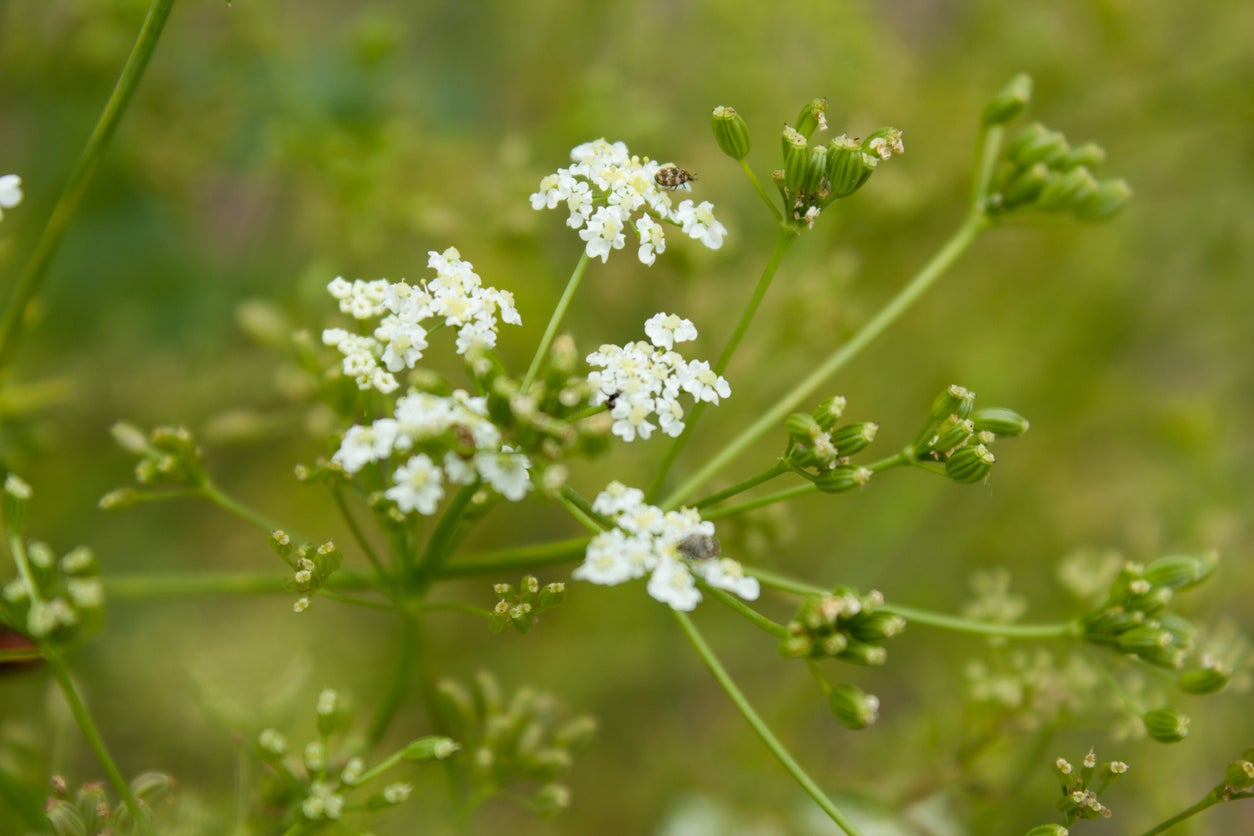 Varieties Of Caraway – Are There Different Caraway Plant Species You Can Grow
Varieties Of Caraway – Are There Different Caraway Plant Species You Can GrowYou can grow and harvest your own seed to use in the spice cupboard, but first you need to choose the varieties of caraway that will perform best in your garden. There are approximately 30 caraway plant species. Learn about some of them in this article.
By Bonnie L. Grant
-
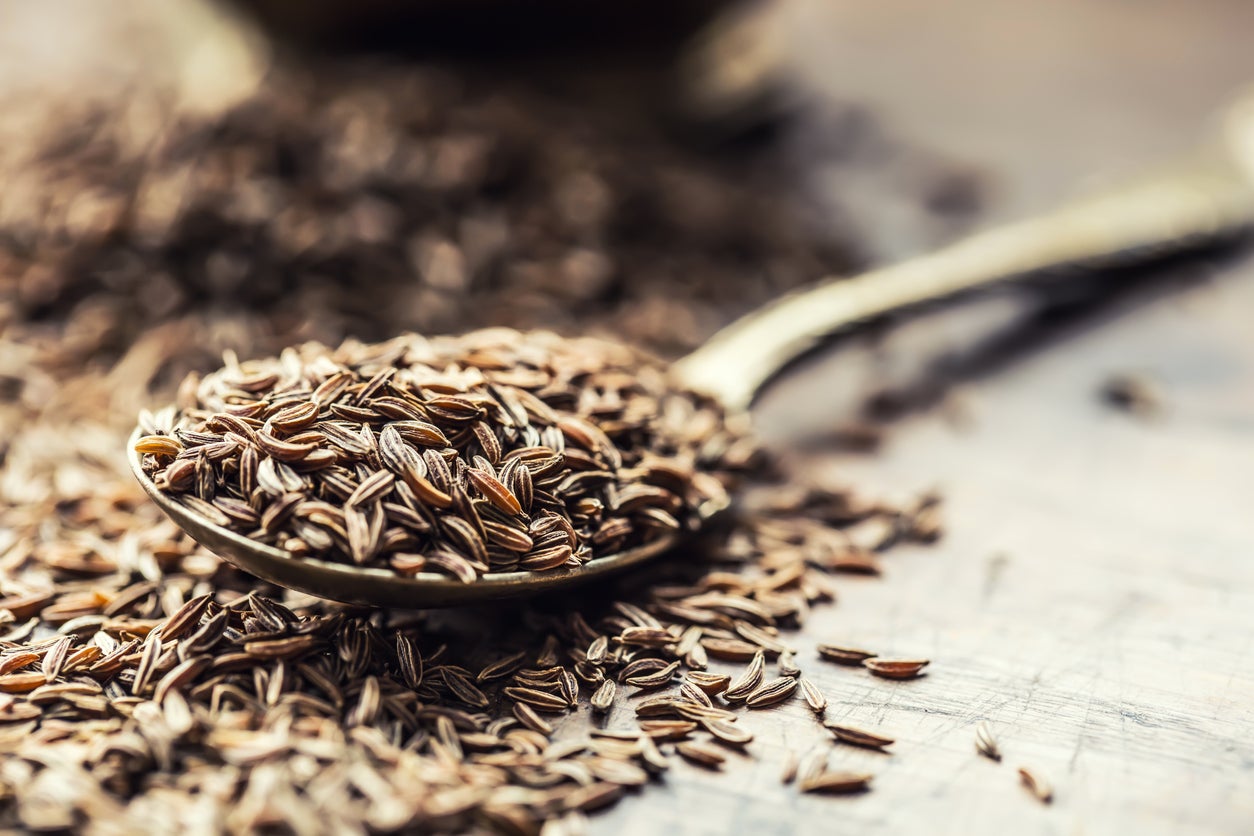 Storing Caraway: Learn How To Dry Caraway Seeds
Storing Caraway: Learn How To Dry Caraway SeedsIf you’re wondering how to preserve caraways seeds from plants grown in your garden, drying caraway is the easiest and safest way to go. Want to learn how to dry caraway seeds? Click this article for easy instructions.
By Mary H. Dyer
-
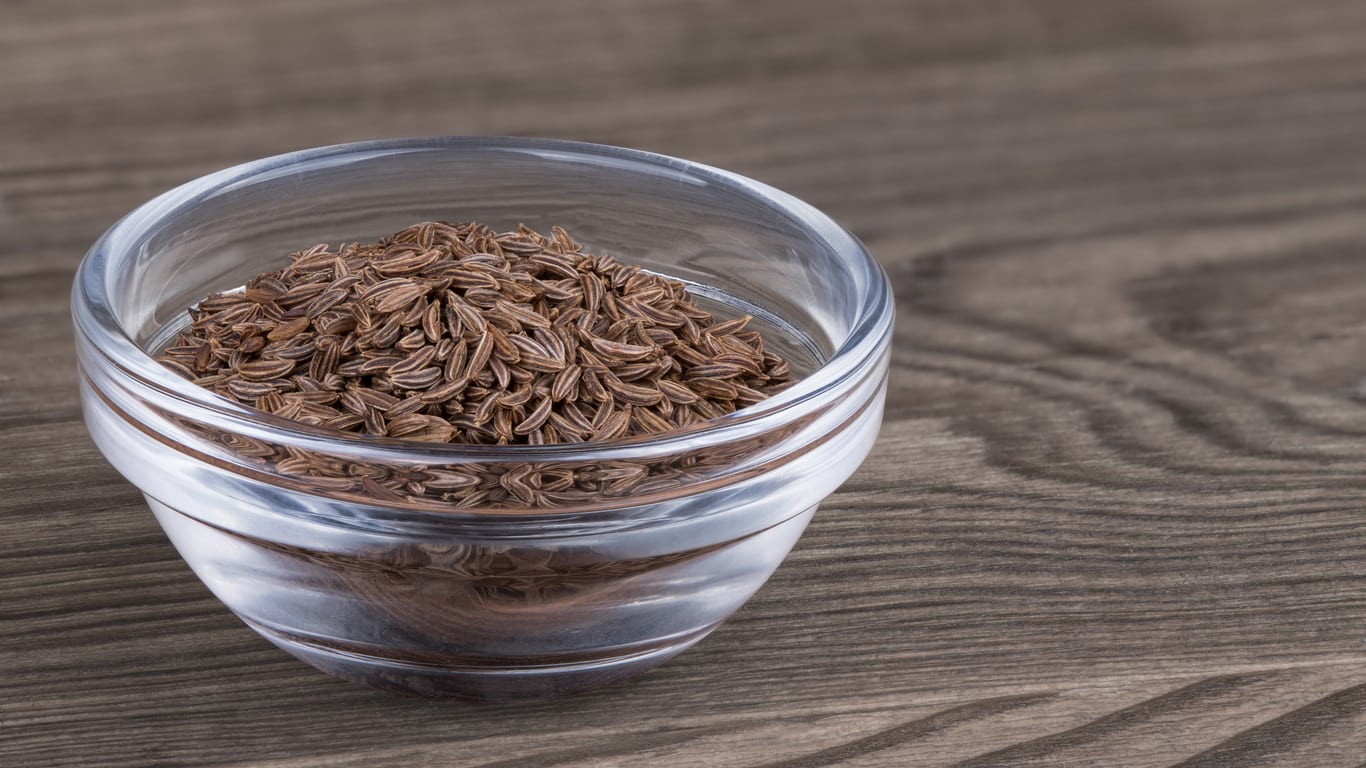 Common Caraway Benefits – Is Caraway Good For You
Common Caraway Benefits – Is Caraway Good For YouIs caraway good for you? Many gardeners are impressed by the health benefits of caraway and grow it for medicinal purposes. For information on using caraway for health, the following article can be of help. Click here to learn more.
By Teo Spengler
-
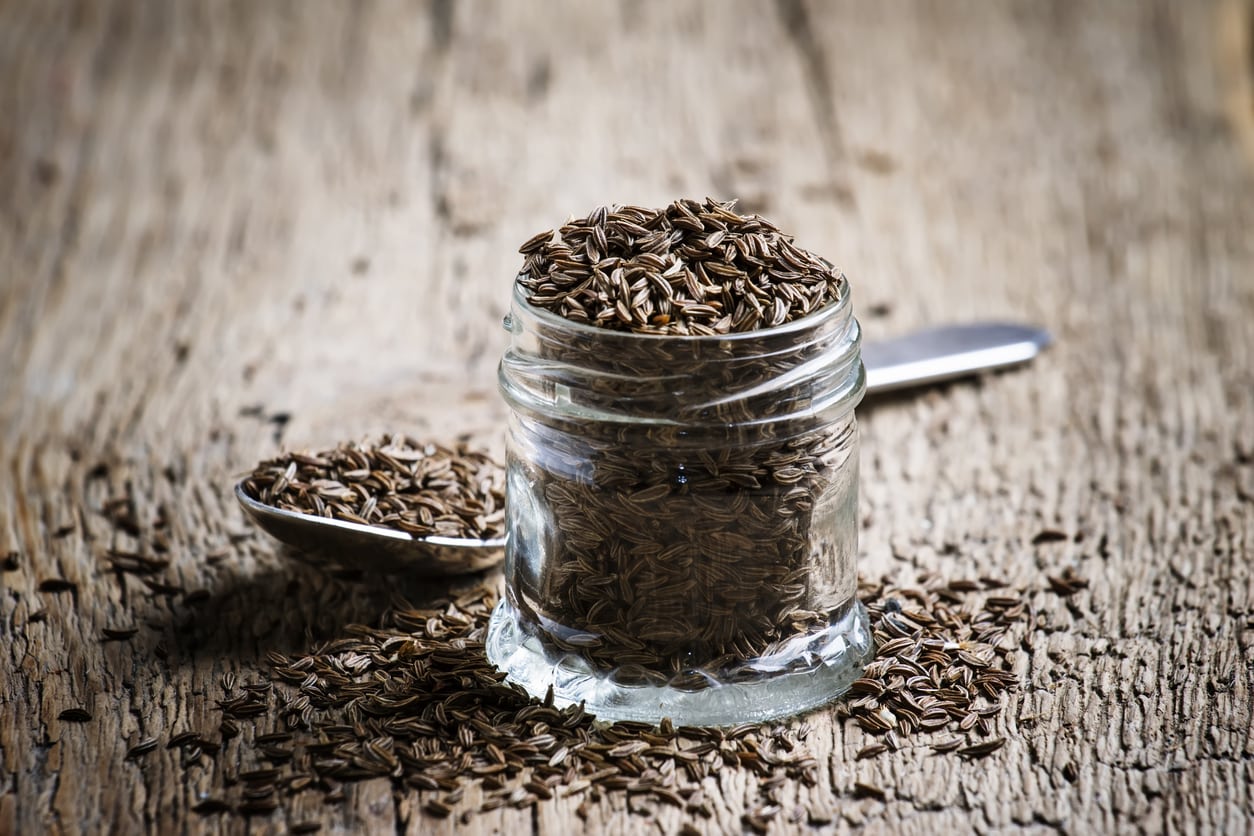 Caraway Uses – What To Do With Caraway Plants
Caraway Uses – What To Do With Caraway PlantsIt’s the caraway that sets rye bread apart from all other deli breads, but did you ever wonder how else to use caraway seeds? There are a plethora of caraway uses. Click this article if you’re interested in what to do with caraway post plant harvest.
By Amy Grant
-
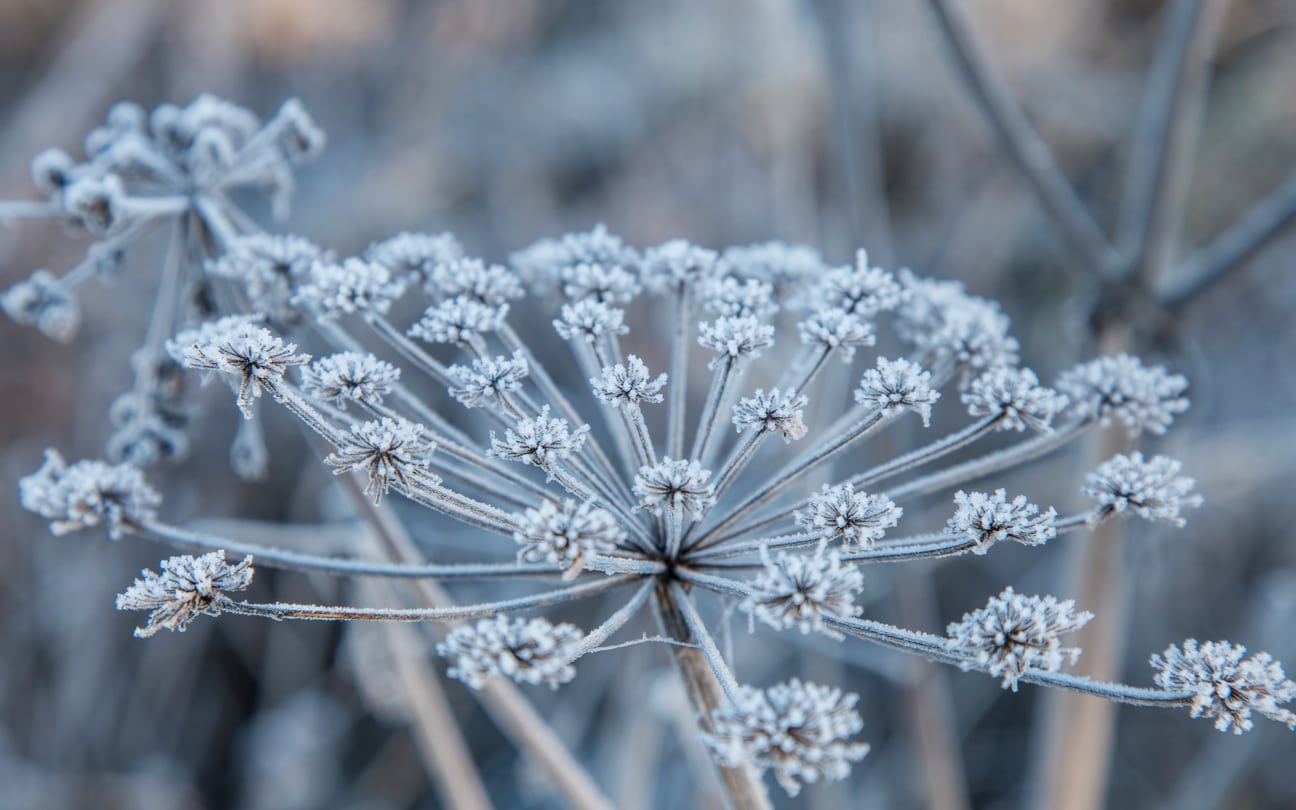 Caraway Winter Care – Caraway Cold Hardiness In The Garden
Caraway Winter Care – Caraway Cold Hardiness In The GardenKeeping caraway in winter isn’t a problem in mild regions, but in chillier areas, caraway winter protection is a must. Click this article to learn about caraway winter planting, caraway cold hardiness, and how to make sure your plants make it to spring.
By Teo Spengler
-
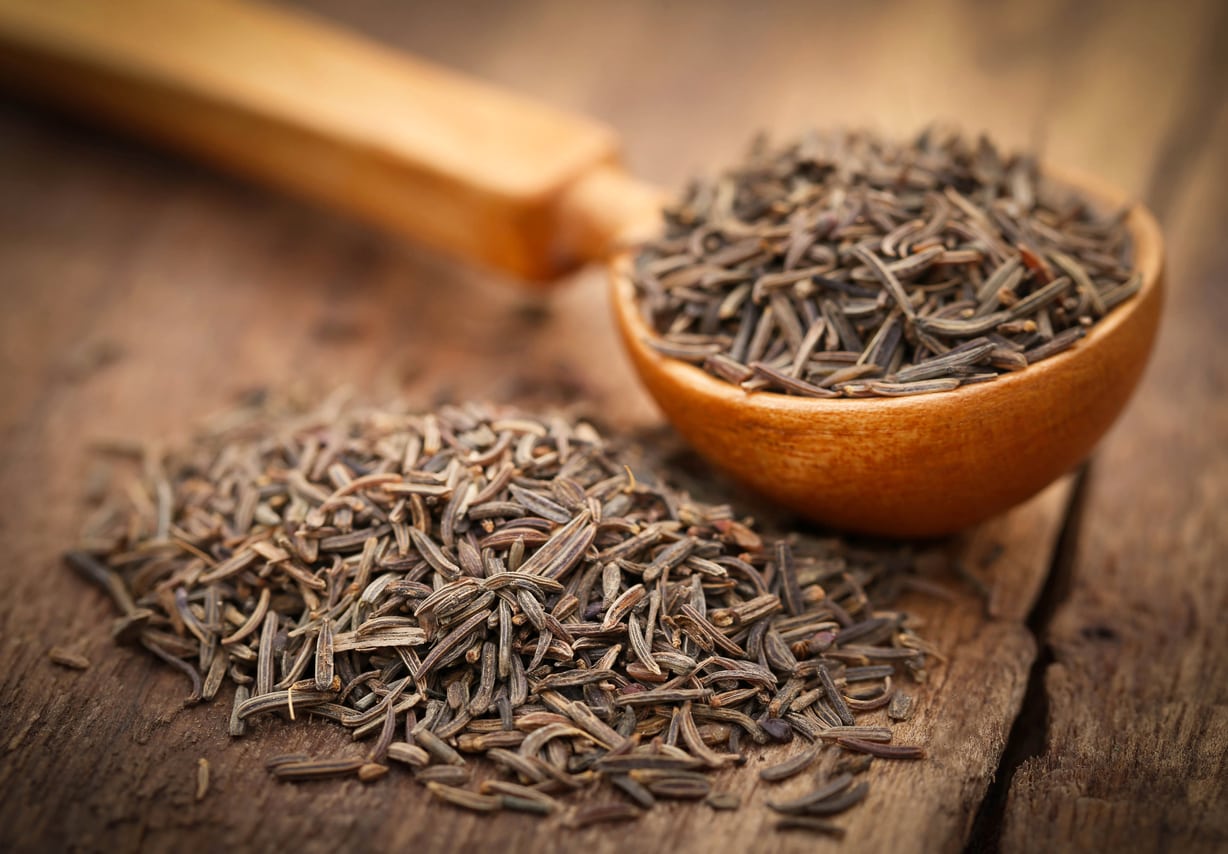 Harvesting Caraway Seeds – When To Pick Caraway Plants
Harvesting Caraway Seeds – When To Pick Caraway PlantsThe most commonly used part of caraway is the seed. It is an easy plant to grow and harvesting caraway seeds is just a two-step process. Click on the following to learn when to pick caraway so the seeds will be at the peak of their flavor.
By Bonnie L. Grant
-
 Failing Caraway Symptoms: Common Diseases Of Caraway Plants
Failing Caraway Symptoms: Common Diseases Of Caraway PlantsCaraway is a great herb to grow in the garden. While most people only think of the seeds as edible, you can actually eat the entire plant, including the roots. Unfortunately, there are some caraway diseases that may harm, or even kill, your plants. Learn about them here.
By Mary Ellen Ellis
-
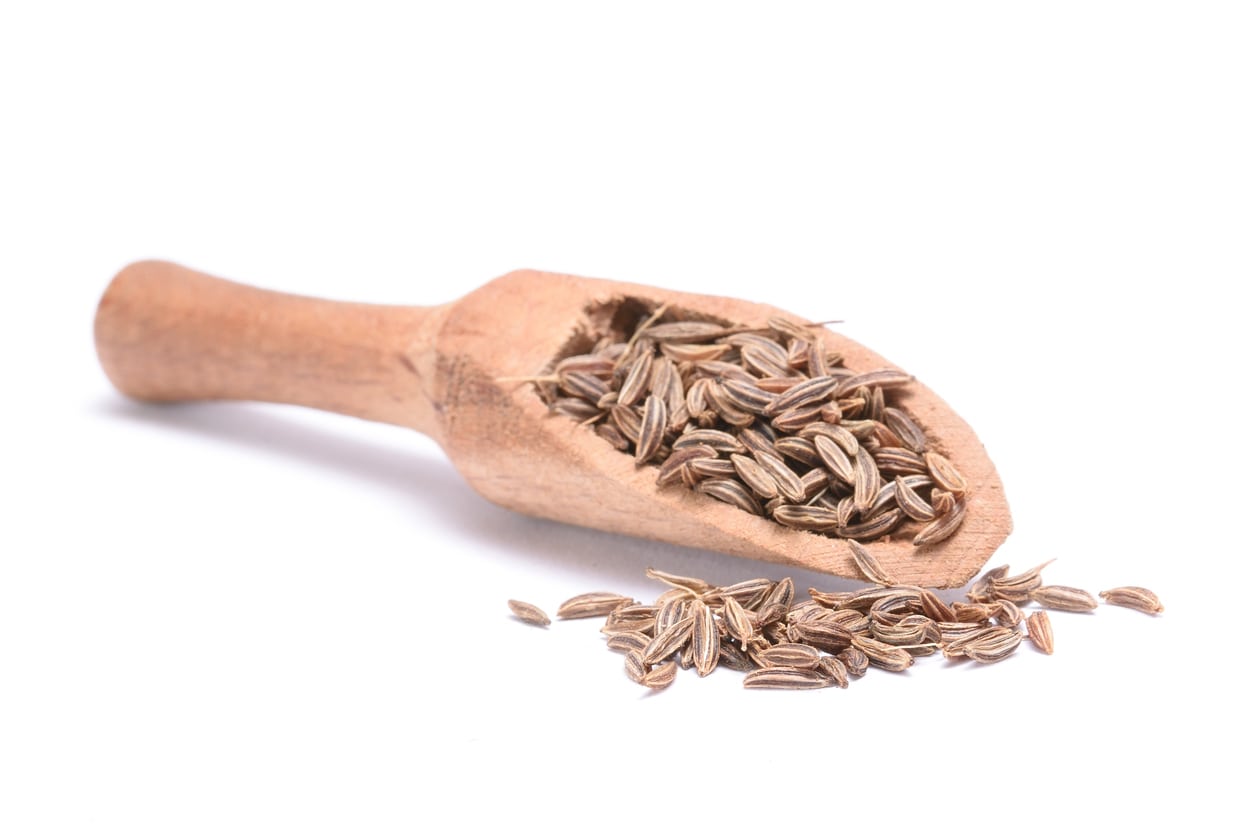 Planting Seeds Of Caraway Plants – Tips For Sowing Caraway Seeds
Planting Seeds Of Caraway Plants – Tips For Sowing Caraway SeedsGrowing caraway from seed isn’t difficult, and you’ll enjoy the appearance of the lacy leaves and clusters of tiny white flowers. Once the plant is mature, you can use leaves and seeds in a variety of flavorful dishes. Learn how to plant caraway seeds in this article.
By Mary H. Dyer